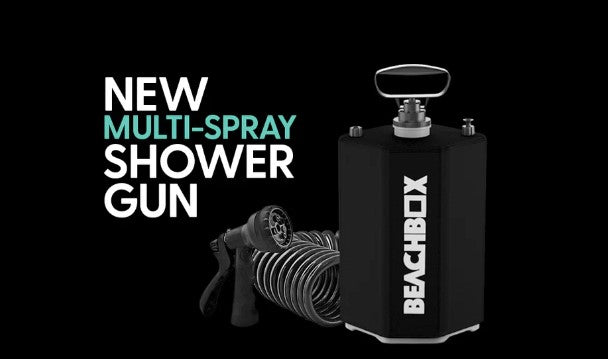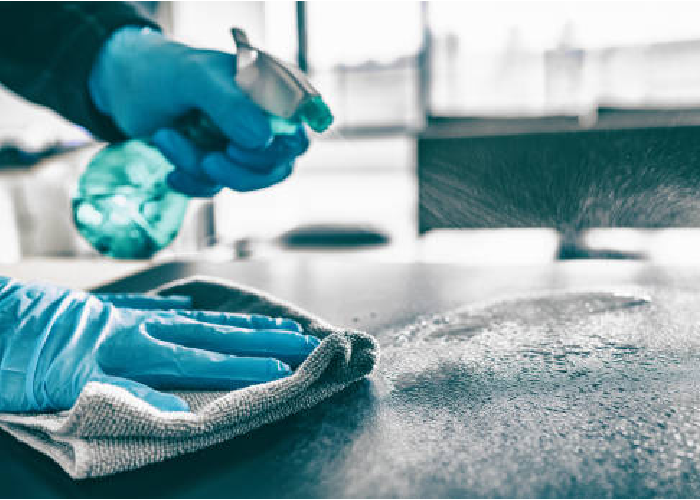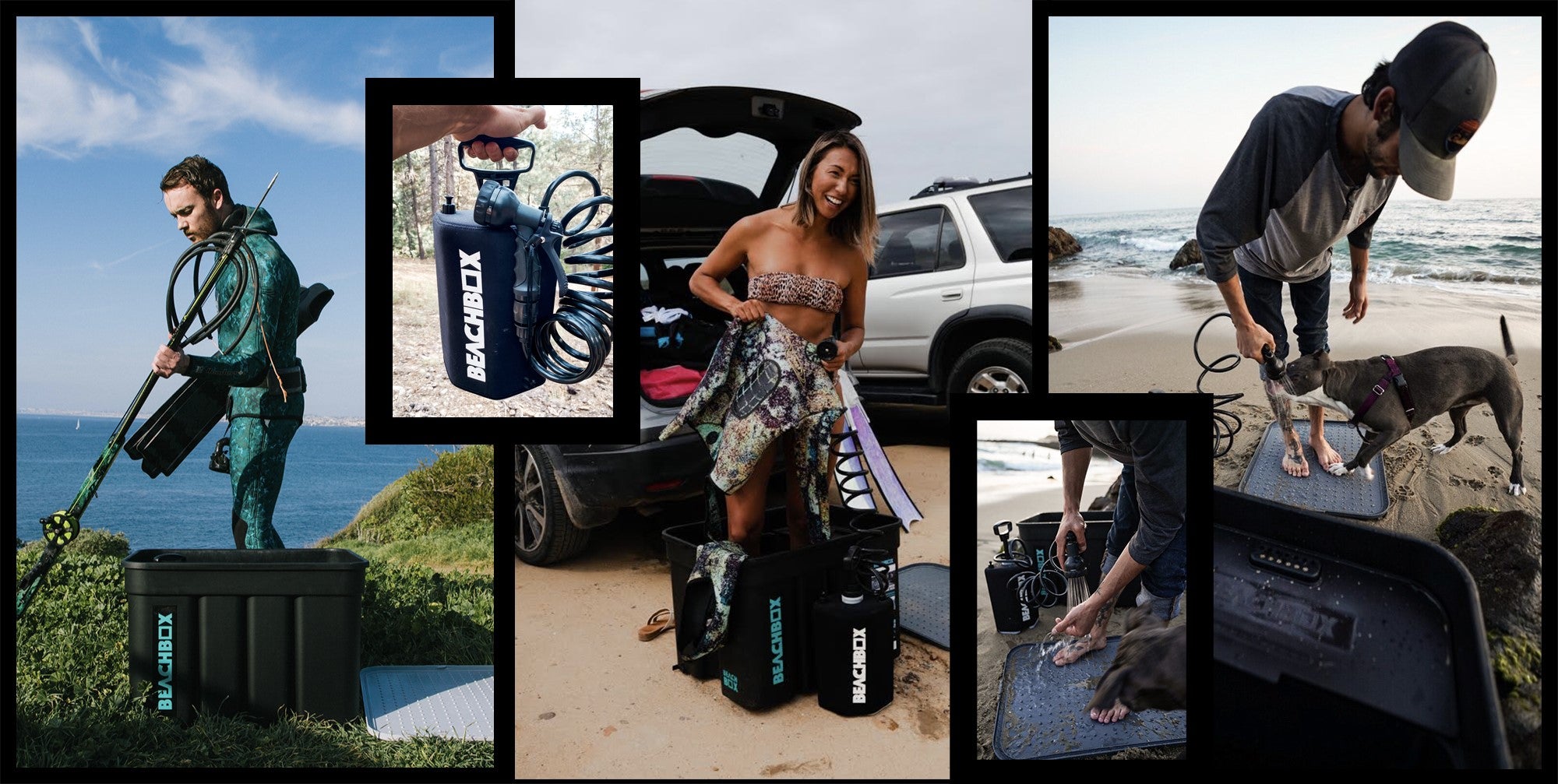In our daily lives, we often rely on various chemicals for cleaning purposes, from disinfectants and bleaches to detergents and solvents. While these chemicals are effective at removing dirt, germs, and stains, they can also leave behind residues that may pose health risks if not properly sanitized. That's where post-cleaning sanitization comes into play – an essential step in ensuring that surfaces are thoroughly cleaned and safe for use.
To achieve effective sanitization after using chemicals, here are seven key tips to keep in mind:
- Choose the Right Sanitizer: Not all sanitizers are created equal. Look for products that are specifically formulated for the type of surface you're cleaning, whether it's countertops, floors, or fabrics. Pay attention to the active ingredients and make sure they're safe and effective for the task at hand.
- Follow Manufacturer Instructions: Read and follow the instructions on the sanitizer label carefully. Pay attention to dilution ratios, contact times, and any safety precautions recommended by the manufacturer. Proper usage ensures maximum effectiveness and minimizes risks of exposure to harmful chemicals.
- Use Personal Protective Equipment (PPE): When handling sanitizers and cleaning chemicals, always wear appropriate personal protective equipment, such as gloves, goggles, and masks. This helps protect you from potential skin irritation, respiratory issues, and other hazards associated with chemical exposure.
- Ventilate the Area: Before and during the sanitization process, ensure adequate ventilation in the area to prevent the buildup of fumes and airborne particles. Open windows and doors, and use fans or exhaust systems to circulate fresh air and remove chemical odors.
- Focus on High-Touch Surfaces: Pay special attention to high-touch surfaces that are frequently handled, such as doorknobs, light switches, countertops, and electronic devices. These areas are more likely to harbor germs and require thorough sanitization to prevent the spread of infections.
- Allow Sufficient Drying Time: After applying the sanitizer, allow sufficient drying time as per the manufacturer's recommendations. This ensures that the sanitizer has enough contact time to effectively kill germs and pathogens on the surface. Avoid using the area until it's completely dry.
- Regular Maintenance: Incorporate post-cleaning sanitization into your regular cleaning routine to maintain a clean and hygienic environment. Schedule periodic deep cleanings and sanitization sessions, especially in high-traffic areas or during flu seasons, to keep germs at bay and promote a healthier living space.
Bottom Line
In conclusion, post-cleaning sanitization is a crucial step in maintaining a clean and healthy environment, especially after using chemicals for cleaning purposes. By following these seven tips for effective sanitization, you can ensure that surfaces are thoroughly cleaned, sanitized, and safe for use. And when it comes to convenient cleaning solutions, consider BeachBox – your go-to companion for outdoor adventures and everyday cleanliness. Whether you're a busy soccer mom juggling multiple tasks or an outdoor enthusiast exploring the great outdoors, BeachBox has everything you need to stay clean and organized on the go.





Leave a comment
This site is protected by hCaptcha and the hCaptcha Privacy Policy and Terms of Service apply.